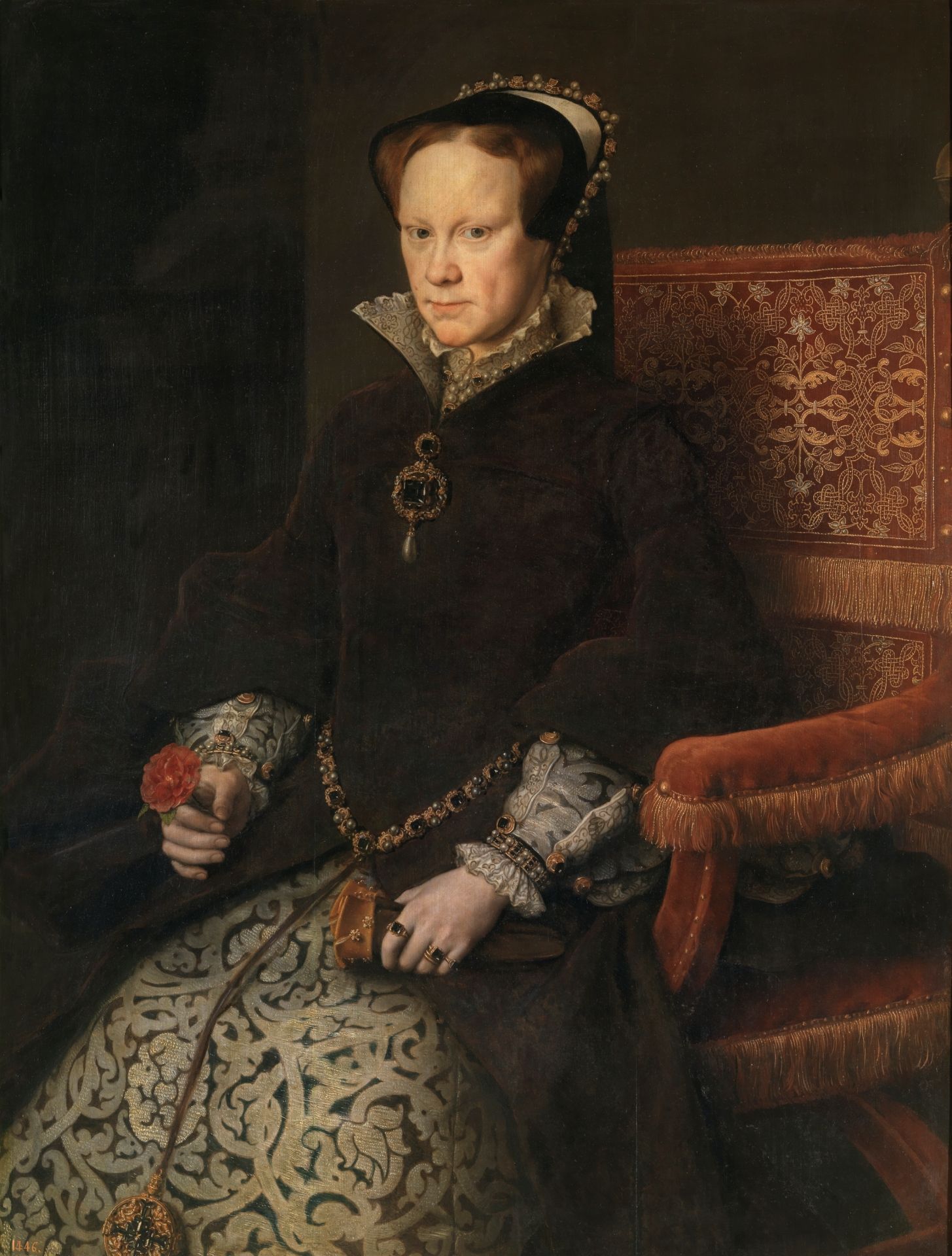😢 PART 9: THE DEATH OF A QUEEN 😢
A disease had inflicted itself upon Mary's kingdom. The disease, related to influenza, had produced the "greatest mortality crisis of the 16th century" in which over 40% of the country was affected. "Burials exceeded baptisms in parish registers almost everywhere." [113] The disease struck heavily amongst the healthy ruling classes—including Cardinal Pole and even the Queen herself. Mary had succumbed to fevers and ever-increasing weakness. By the end of October 1558, everyone knew Queen Mary was going to die. [114]
Yet, as she laid dying in her bed, she still had the responsibilities of a Queen. She had to nominate her successor, "a difficult but courageous decision that Elizabeth herself evaded when her time came." Unlike her brother Edward VI, who did everything in his will to try to avoid passing the crown to her Catholic sister Mary, Mary granted the crown to Queen Elizabeth. Mary had but two requests for Elizabeth: pay the rest of her debts, and keep England Catholic. [115] Neither was honored.
After hearing mass at six in the morning on November 17, 1558, Queen Mary passed away quietly. Exactly 12 hours later, after receiving the news that his cousin was dead, Cardinal Pole too passed away of the same illness. [116]
And so, thus ended the short reign of the first true queen of England. Had it not been for John Foxe's Book of Martyrs, Mary might have faded away from memory. Yet, although John Foxe did give Mary a bad reputation, he kept the thought of Mary alive—even if it was a terrible thought. It offered many revolutionary historians to really look into Mary's life and realize she was not so evil after all.
At the end of this lengthy narrative one may ask 'what's the point?' The point of this narrative was to take you through some of Queen Mary's early life—to show you her highs and lows, and the struggles she had to overcome to become the first ruling queen of England. She was a humble woman, merciful to the extent that people began to walk over her. After the Wyatt Rebellion she had to harden her heart if she wanted to survive and stay in power. This resulted in the persecution of some Protestant extremists who threatened social order and put the English society on the verge of chaos. The Wyatt Rebellion and the Paul's Cross riot were only two examples of how socially chaotic the Protestants of England were, and why Mary had to take action. Yet people confuse taking action with a thirst for Protestant blood. As noted, her father was much worse when it came to persecuting those who stood against him. Even Elizabeth persecuted over 200 Catholics under her reign; but Mary is still remembered for being 'Bloody.' She is not remembered for the many accomplishments she made or for the fact that she set the stage for Queen Elizabeth to have such a successful reign that she is remembered for today.
As the narrative draws to a close, the writer sincerely hopes that you too can realize that the title 'Bloody Mary' does not characterize or belong to Queen Mary. Instead, let us call her by her true title: 'The First Queen of England.'

(Queen Mary: The First Queen of England)
Bạn đang đọc truyện trên: AzTruyen.Top